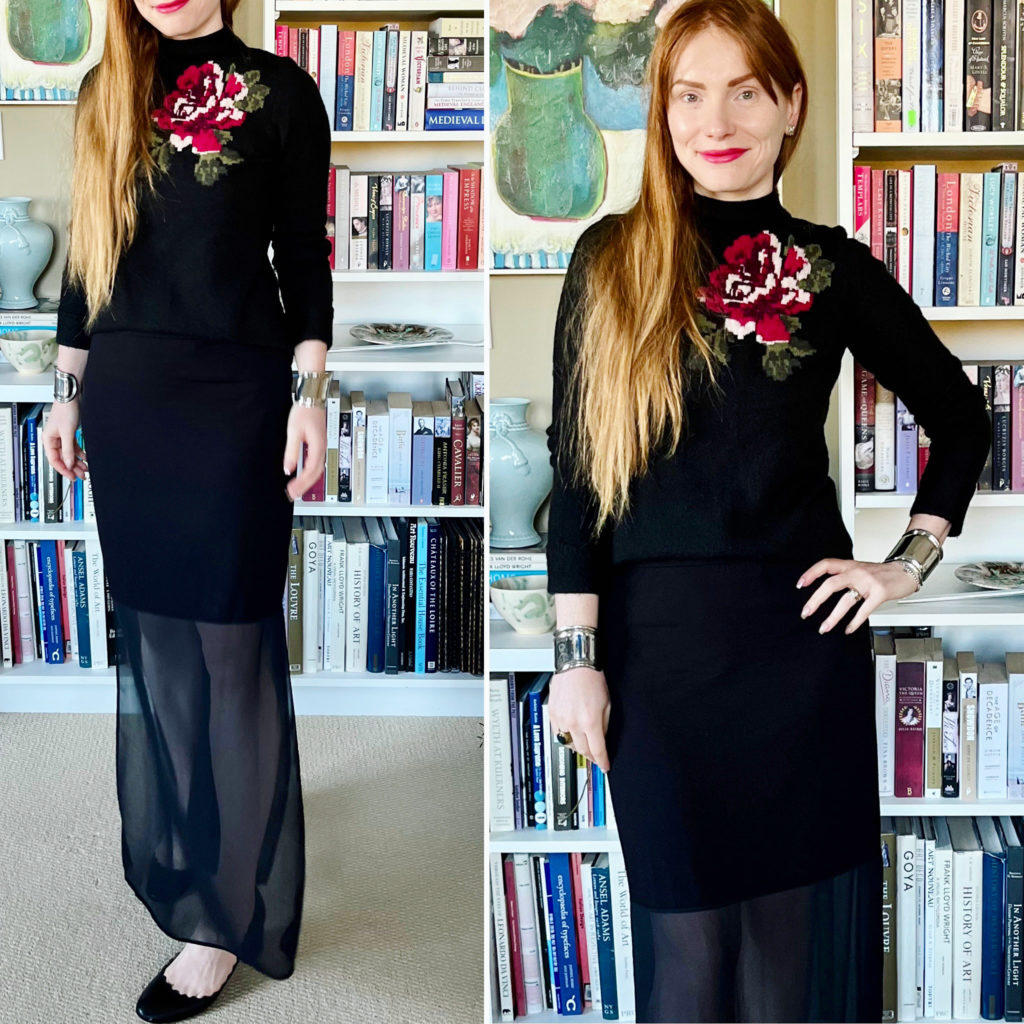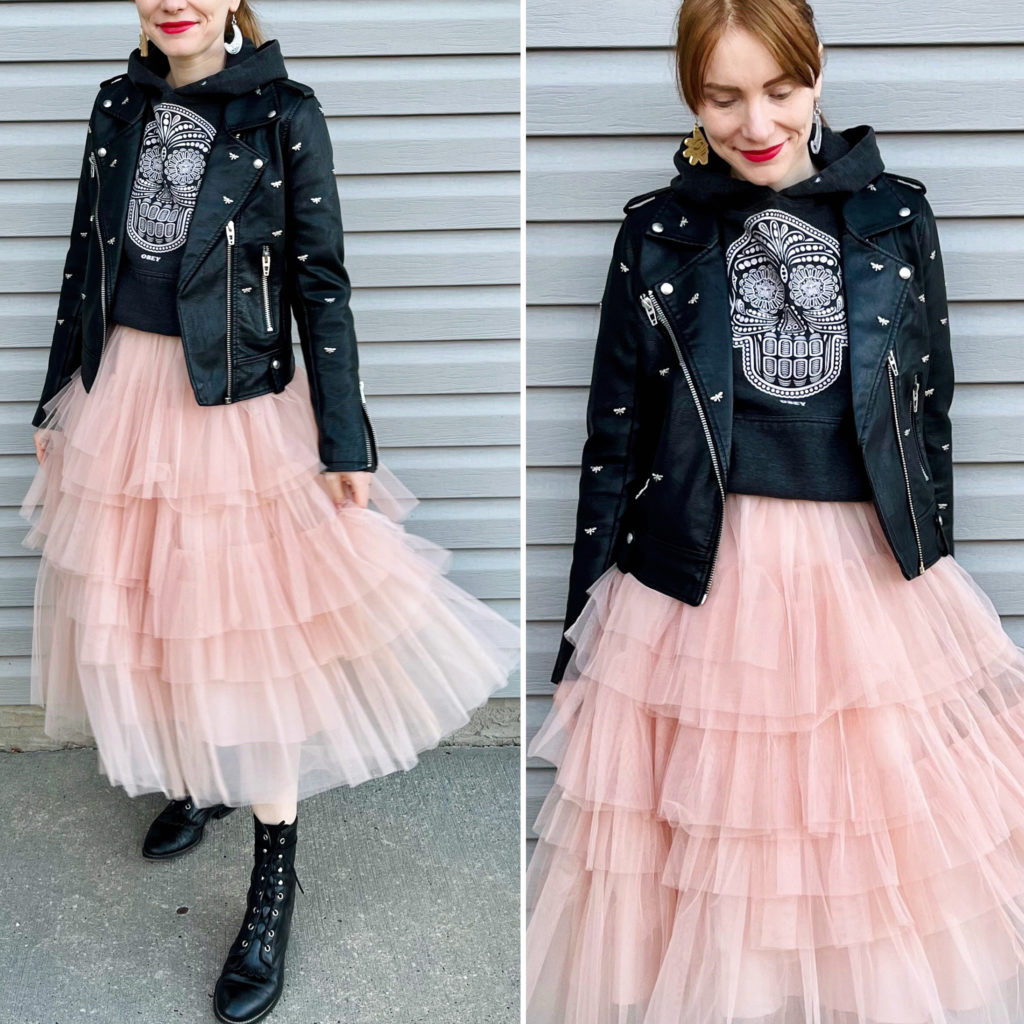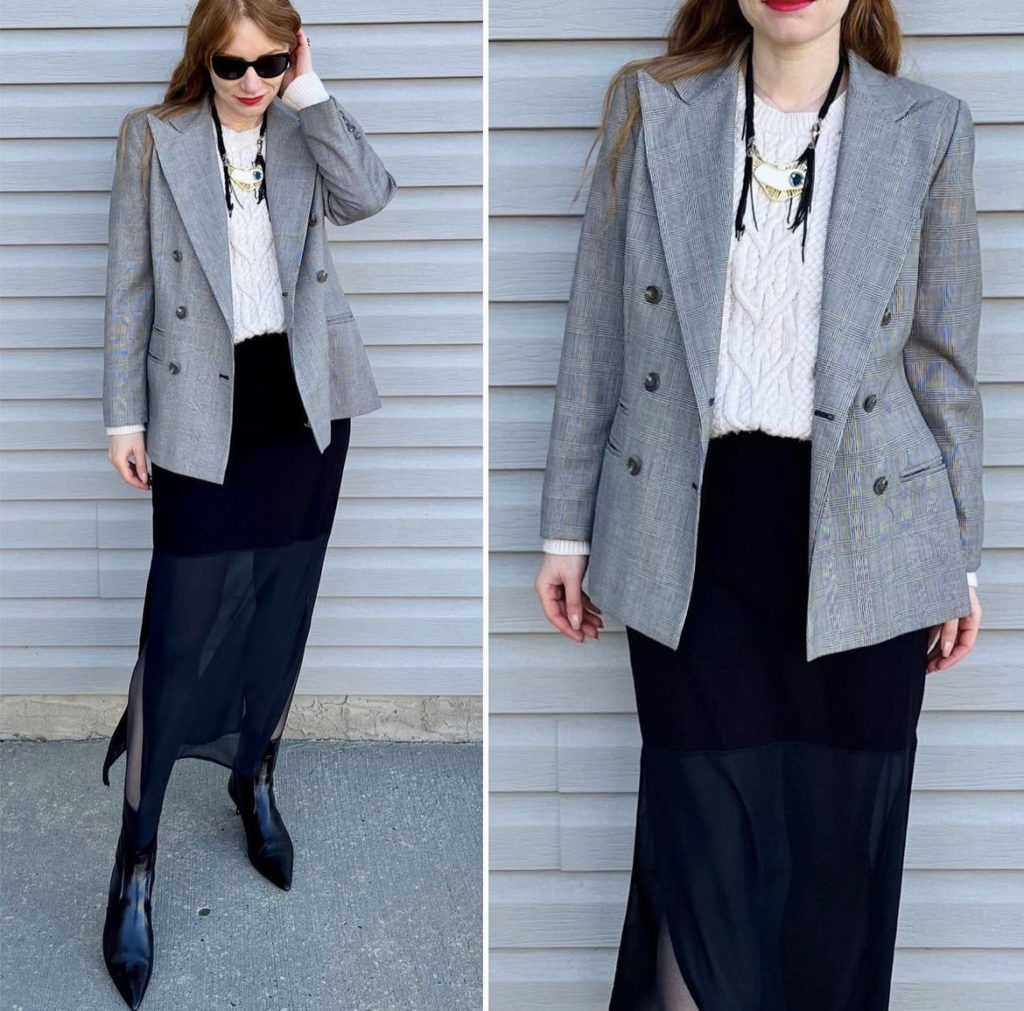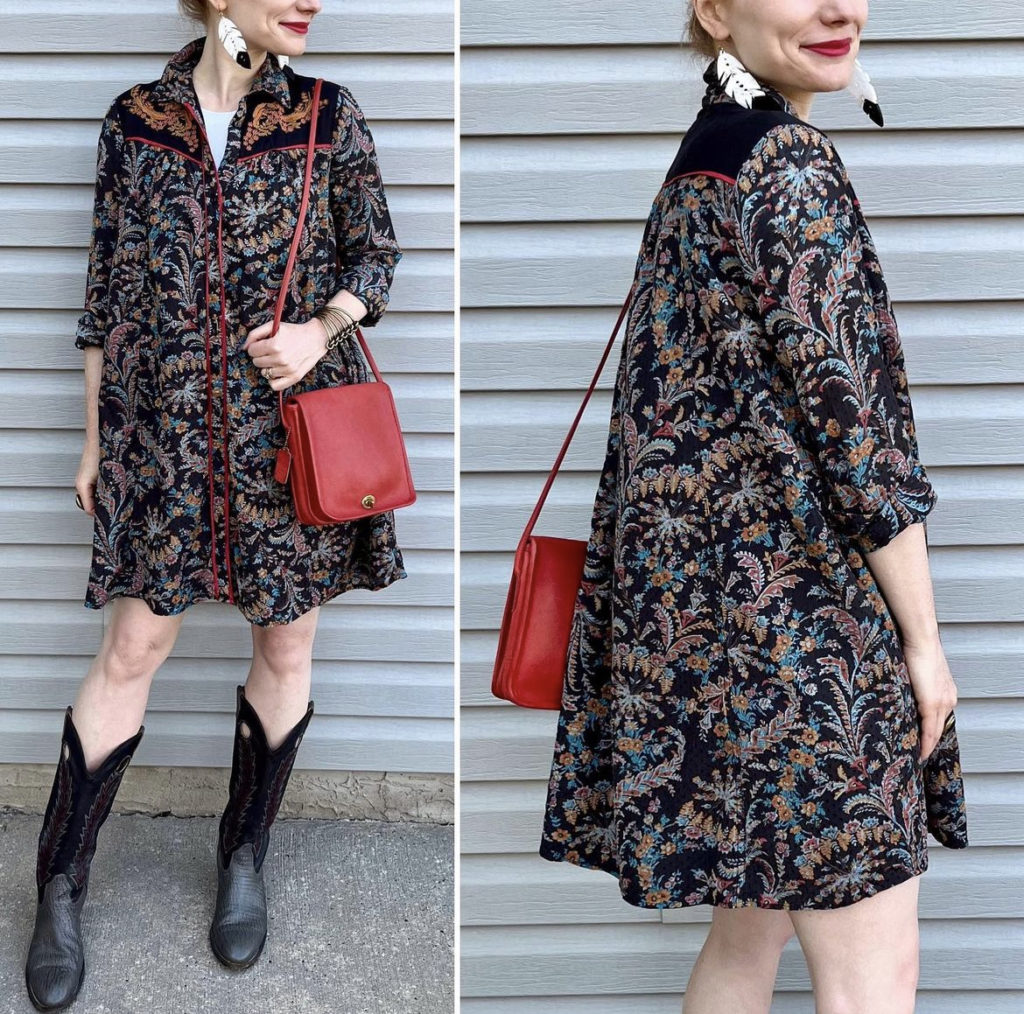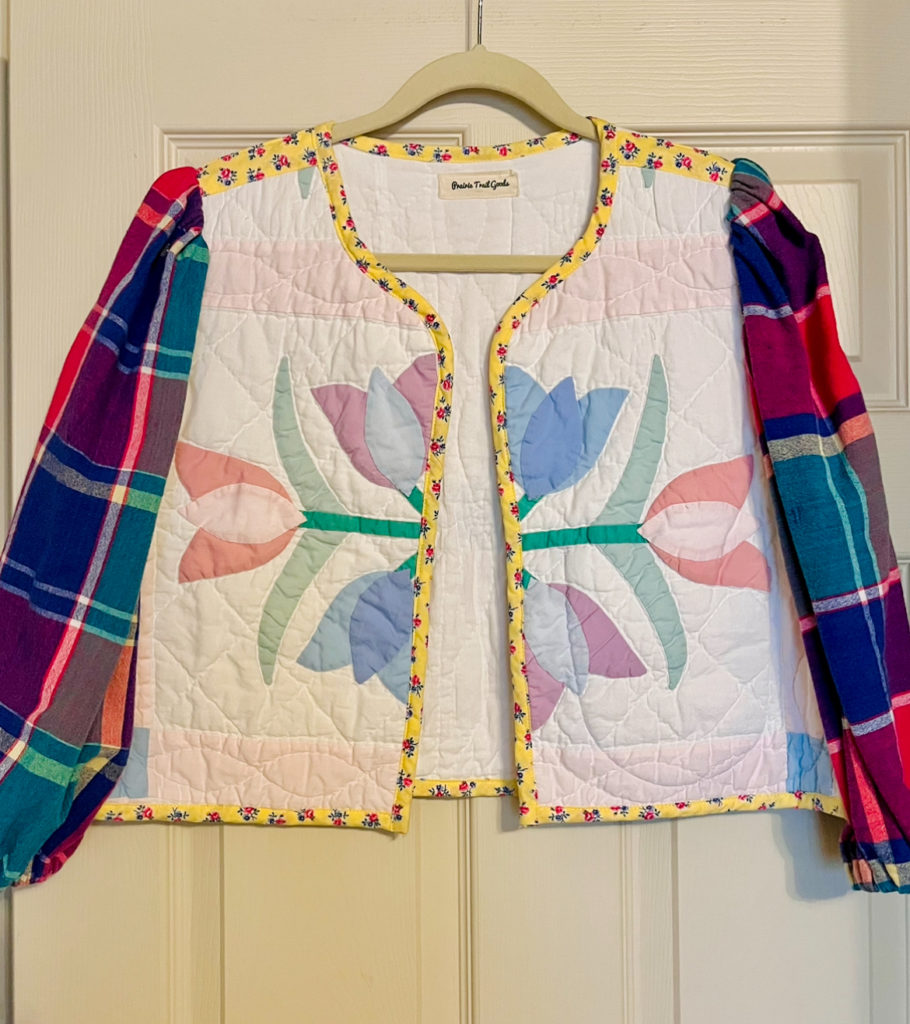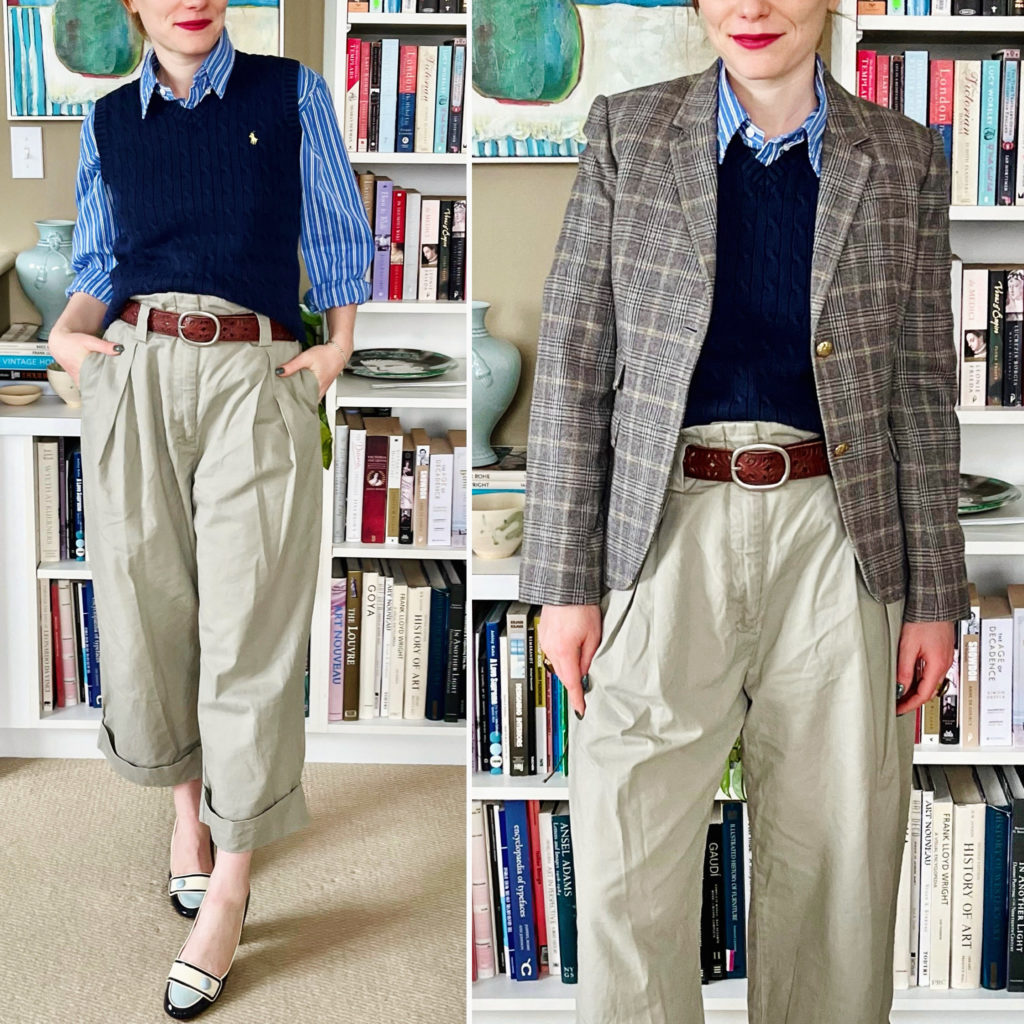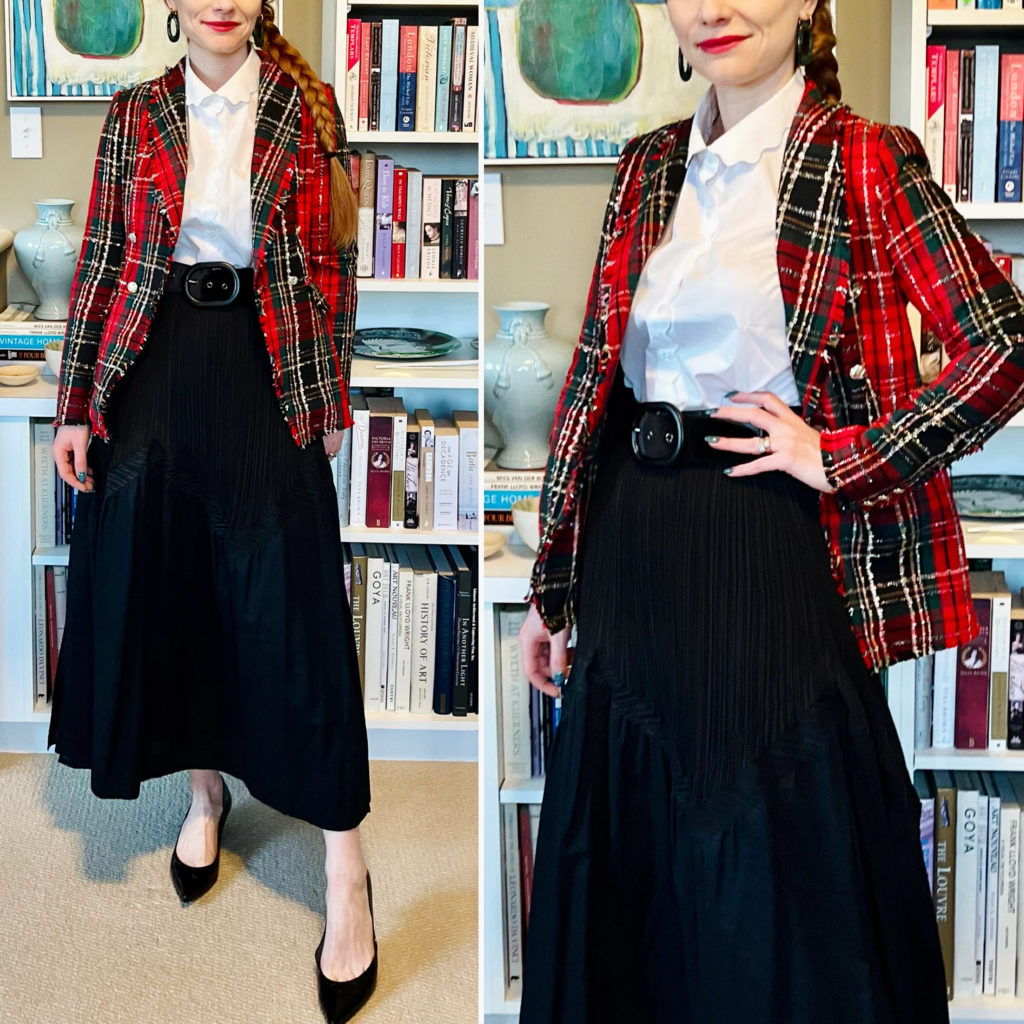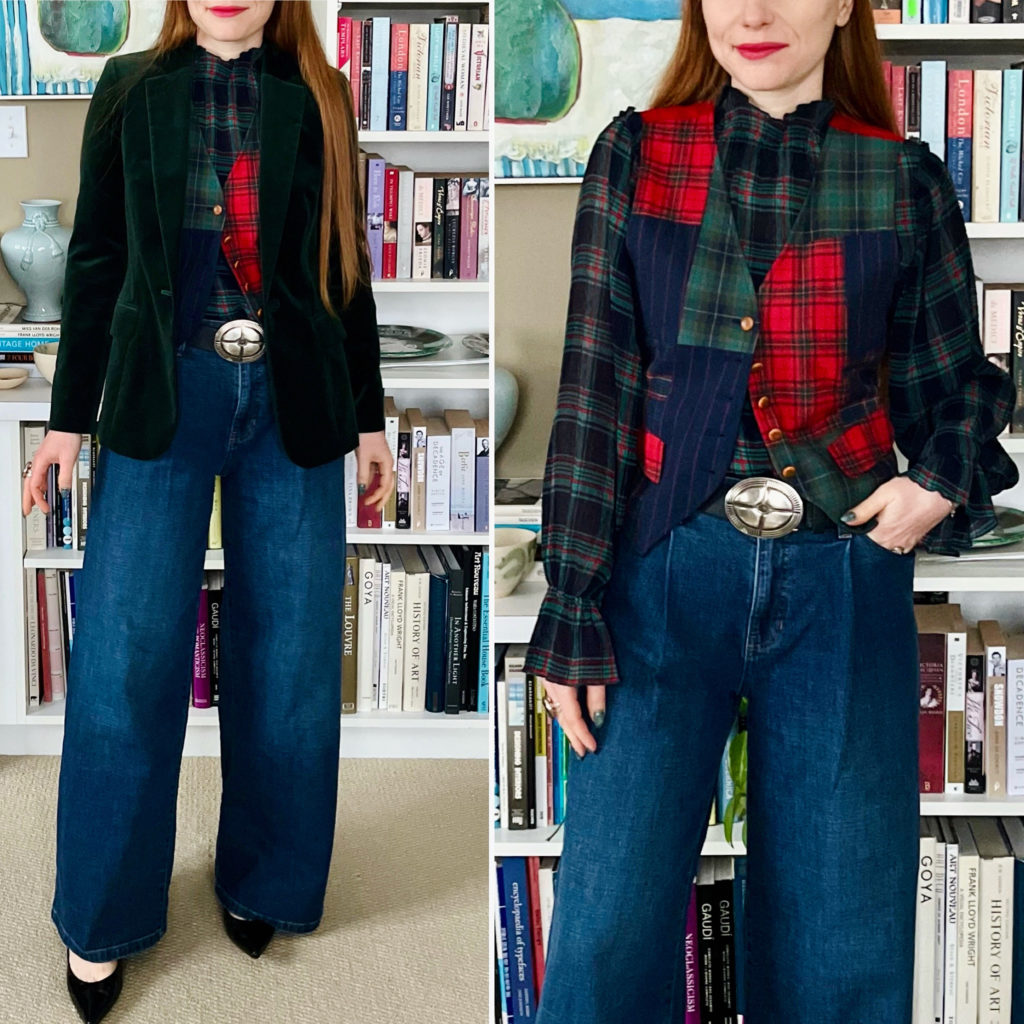Most of 2023 was a big reading year for me; I crossed the 100 (books read) mark sometime in August and while my pace tapered off in recent months, I’ve probably added a couple of dozen more to my total. As a reminder, I post mini-reviews of all my reads on Instagram, and they are saved to a highlight for easy reference. I fell out of the habit of doing the same here, but I thought it would at least be worthwhile to share with you my favourite books.
1491: New Revelations of the Americas Before Columbus — Charles. C. Mann
In this groundbreaking work of science, history, and archaeology, Charles C. Mann radically alters our understanding of the Americas before the arrival of Columbus in 1492. Contrary to what so many Americans learn in school, the pre-Columbian Indians were not sparsely settled in a pristine wilderness; rather, there were huge numbers of Indians who actively molded and influenced the land around them. The astonishing Aztec capital of Tenochtitlan had running water and immaculately clean streets, and was larger than any contemporary European city. Mexican cultures created corn in a specialized breeding process that it has been called man’s first feat of genetic engineering. Indeed, Indians were not living lightly on the land but were landscaping and manipulating their world in ways that we are only now beginning to understand. Challenging and surprising, this a transformative new look at a rich and fascinating world we only thought we knew.
Notes: A must-read for anyone living on this continent. It’s the history I never got to learn in school, and it’s fascinating and eye-opening. Excellent, vivid writing makes the stories leap off the page.
Gathering Moss: A Natural and Cultural History of Mosses — Robin Wall Kimmerer
Living at the limits of our ordinary perception, mosses are a common but largely unnoticed element of the natural world. Gathering Moss is a beautifully written mix of science and personal reflection that invites readers to explore and learn from the elegantly simple lives of mosses.
Notes: If you loved Braiding Sweetgrass, you will love Kimmerer’s writing on moss. It’s a much narrower field of study than what was covered in her first book, but don’t think there isn’t a plethora of stories and messages to share. I would happily read anything Kimmerer writes, but still found myself engrossed by moss (!!) in a way I never expected to be.
Solenoid — Mihai Cartarescu
Based on Cărtărescu’s own role as a high school teacher, Solenoid begins with the mundane details of a diarist’s life and quickly spirals into a philosophical account of life, history, philosophy, and mathematics. One character asks another: when you rush into the burning building, will you save the newborn or the artwork? On a broad scale, the novel’s investigations of other universes, dimensions, and timelines reconcile the realms of life and art. The novel is grounded in the reality of late 1970s/early 1980s Communist Romania, including long lines for groceries, the absurdities of the education system, and the misery of family life. Combining fiction with autobiography and history— the scientists Nicolae Tesla and George Boole, for example, appear alongside the Voynich manuscript—Solenoid ruminates on the exchanges possible between the alternate dimensions of life and art, as various, monstrous dimensions erupt within the Communist present.
Notes: It is impossible to summarize Solenoid, a novel that is physically imposing and somehow even broader in depth than its size would suggest. If you love Kafka and Borges, this book will have you spellbound. It was my favourite fiction novel of the year. It is a time commitment at 600+ pages but incredibly rewarding (I couldn’t wait to dive back in and get lost in the story again and again).
Courtiers: The Secret History of the Georgian Court — Lucy Worsley
In the eighteenth century, the palace’s most elegant assembly room was in fact a bloody battlefield. This was a world of skulduggery, politicking, wigs and beauty-spots, where fans whistled open like flick-knives. Ambitious and talented people flocked to court of George II and Queen Caroline in search of power and prestige, but Kensington Palace was also a gilded cage. Successful courtiers needed level heads and cold hearts; their secrets were never safe. Among them, a Vice Chamberlain with many vices, a Maid of Honour with a secret marriage, a pushy painter, an alcoholic equerry, a Wild Boy, a penniless poet, a dwarf comedian, two mysterious turbaned Turks and any number of discarded royal mistresses.
Notes: I loved this behind-the-scenes look at the Georgian court — full of gossip, intrigue and drama. Lucy Worsley is one of my favourite historical non-fiction writers, and I will pretty much read anything she write, confident that I will enjoy it. This is no exception.
Children of the Night: The Strange & Epic Story of Modern Romania — Paul Kenyon
The only country in Eastern Europe to speak a Latin language, Romania has always felt itself different, and its unique fate has been to experience some of the most disastrous leaderships of the last century. In the First World War her German king remained neutral until 1916. The interwar rulers form a gallery of bizarre characters and movements: the corrupt King Carol; the antisemitic Iron Guard led by Corneliu Codreanu; the vain general Ion Antonescu who seized power in 1940 and led the country into alliance with Nazi Germany. After 1945 power was handed over to Romania’s tiny communist party, under whom it experienced severe repression, purges, and collectivization. Then in 1964, Nicolae Ceaușescu came to power. And thus began the strangest dictatorship in recent European history. Children of the Night is also a personal discovery of this extraordinary country, bringing together Paul Kenyon’s eye for the private vices and kleptocratic tendencies of despots with a heartfelt exploration of the fate of one Romanian family in particular.
Notes: I am biased since I was born and grew up in Romania, but I found this to be a fascinating, informed, and fair overview of Romania’s modern history (from late 19th century to present). The story is a rollercoaster, and Kenyon doesn’t shy away from the low points which are many and some truly awful. But he remains compassionate to the plight of the average person, caught in the middle of events orchestrated by terrible political leaders, with very little recourse or personal freedom.
The Creative Act: A Way of Being – Rick Rubin
Many famed music producers are known for a particular sound that has its day. Rick Rubin is known for something else: creating a space where artists of all different genres and traditions can home in on who they really are and what they really offer. He has made a practice of helping people transcend their self-imposed expectations in order to reconnect with a state of innocence from which the surprising becomes inevitable. Over the years, as he has thought deeply about where creativity comes from and where it doesn’t, he has learned that being an artist isn’t about your specific output, it’s about your relationship to the world. Creativity has a place in everyone’s life, and everyone can make that place larger. In fact, there are few more important responsibilities. The Creative Act is a beautiful and generous course of study that illuminates the path of the artist as a road we all can follow. It distills the wisdom gleaned from a lifetime’s work into a luminous reading experience that puts the power to create moments—and lifetimes—of exhilaration and transcendence within closer reach for all of us.
Notes: This was a life-changing book for me and a must-read for any artist and creative … so basically, everyone.
The Soviet Century: Archaeology of a Lost World — Karl Schlögel
The Soviet Union is gone, but its ghostly traces remain, not least in the material vestiges left behind in its turbulent wake. What was it really like to live in the USSR? What did it look, feel, smell, and sound like? In The Soviet Century, Karl Schlögel, one of the world’s leading historians of the Soviet Union, presents a spellbinding epic that brings to life the everyday world of a unique lost civilization. A museum of―and travel guide to―the Soviet past, The Soviet Century explores in evocative detail both the largest and smallest aspects of life in the USSR, from the Gulag, the planned economy, the railway system, and the steel city of Magnitogorsk to cookbooks, military medals, prison camp tattoos, and the ubiquitous perfume Red Moscow. The book examines iconic aspects of Soviet life, including long queues outside shops, cramped communal apartments, parades, and the Lenin mausoleum, as well as less famous but important parts of the USSR, including the Great Soviet Encyclopedia, the voice of Radio Moscow, graffiti, and even the typical toilet, which became a pervasive social and cultural topic. Throughout, the book shows how Soviet life simultaneously combined utopian fantasies, humdrum routine, and a pervasive terror symbolized by the Lubyanka, then as now the headquarters of the secret police.
Notes: This is a very niche read, but if like me, you’re fascinated by the oddities of daily life engendered by Communism, this is a phenomenal source of information. I especially enjoyed the chapters on everyday, mundane topics like cookery books, shops, and communal living. Life in the Soviet bloc was bonkerballs, like a Kafka novel come to life, and this book captures that so well.
Bad Fat Black Girl: Notes from a Trap Feminist – Sesali Bowen
Growing up on the south side of Chicago, Sesali Bowen learned early on how to hustle, stay on her toes, and champion other Black women and femmes as she navigated Blackness, queerness, fatness, friendship, poverty, sex work, and self-love. Her love of trap music led her to the top of hip-hop journalism, profiling game-changing artists like Megan Thee Stallion, Lizzo, and Janelle Monae. But despite all the beauty, complexity, and general badassery she saw, Bowen found none of that nuance represented in mainstream feminism. Thus, she coined Trap Feminism, a contemporary framework that interrogates where feminism meets today’s hip-hop. Bad Fat Black Girl offers a new, inclusive feminism for the modern world. Weaving together searing personal essay and cultural commentary, Bowen interrogates sexism, fatphobia, and capitalism all within the context of race and hip-hop. In the process, she continues a Black feminist legacy of unmatched sheer determination and creative resilience.
Notes: Sam Irby crossed with incisive feminist discourse, what could be better. We all need to make sure that our feminism is intersectional, and Bowen offers an important perspective for someone like me to consider. It’s funny, and smart, and totally brilliant.
Murder at the Brightwell — Ashley Weaver
Amory Ames, a wealthy young woman questioning her marriage to her notoriously charming playboy husband, Milo, is looking for a change. She accepts a request for help from her former fiancé, Gil Trent, not knowing that she’ll soon become embroiled in a murder investigation that will not only test her friendship with Gil, but also will upset the status quo with her husband. Amory accompanies Gil to the luxurious Brightwell Hotel in an attempt to circumvent the marriage of his sister, Emmeline, to Rupert Howe a disreputable ladies man. There is more than her happiness at stake, however, when Rupert is murdered and Gil is arrested for the crime. Matters are further complicated by Milo’s unexpected arrival, and as the line between friend and foe becomes less clear, Amory must decide where her heart lies and catch the killer before she, too, becomes a victim.
Notes: This is the first in the Amory Ames mystery series, and I was immediately hooked. The entire series is an A+ for me, my favourite new discovery in the genre this year. I was so sad when I ran out of books, and I really hope that Weaver will return to it some day. It’s not often that modern mystery writing manage to nail that Golden Era vibe reminiscent of Agatha Christie or Ngaio Marsh, but Weaver does — with a side of Nick & Nora dynamics for her protagonist couple.
Caste: The Origins of Our Discontents — Isabel Wilkerson
In this brilliant book, Isabel Wilkerson gives us a masterful portrait of an unseen phenomenon in America as she explores, through an immersive, deeply researched, and beautifully written narrative and stories about real people, how America today and throughout its history has been shaped by a hidden caste system, a rigid hierarchy of human rankings. Beyond race, class, or other factors, there is a powerful caste system that influences people’s lives and behavior and the nation’s fate. Linking the caste systems of America, India, and Nazi Germany, Wilkerson explores eight pillars that underlie caste systems across civilizations, including divine will, bloodlines, stigma, and more. Using riveting stories about people—including Martin Luther King, Jr., baseball’s Satchel Paige, a single father and his toddler son, Wilkerson herself, and many others—she shows the ways that the insidious undertow of caste is experienced every day. She documents how the Nazis studied the racial systems in America to plan their outcasting of the Jews; she discusses why the cruel logic of caste requires that there be a bottom rung for those in the middle to measure themselves against; she writes about the surprising health costs of caste, in depression and life expectancy, and the effects of this hierarchy on our culture and politics. Finally, she points forward to ways America can move beyond the artificial and destructive separations of human divisions, toward hope in our common humanity.
Notes: Another must-read book for anyone trying to understand the systemic issues that face our society today. Basically, Wilkerson posits caste as a tool of capitalism, designed to sow divisions among people, the better to allow for their exploitation. It’s a fascinating, eye-opening, heart wrenching, thought-provoking book.
Quietly Hostile: Essays — Sam Irby
Samantha Irby’s career has taken her to new heights. She dodges calls from Hollywood and flop sweats on the red carpet at premieres (well, one premiere). But nothing is ever as it seems online, where she can crop out all the ugly parts. Irby got a lot of weird emails about Carrie Bradshaw, and not only is there diarrhea to avoid, but now—anaphylactic shock. She is turned away from restaurants for being inappropriately dressed and looks for the best ways to cope, i.e., reveling in the offerings of QVC and adopting a deranged pandemic dog. Quietly Hostile makes light as Irby takes us on another outrageously funny tour of all the gory details that make up the true portrait of a life behind the screenshotted depression memes. Relatable, poignant, and uproarious, once again, Irby is the tonic we all need to get by.
Notes: Sam Irby is one of a select number of authors on my “will read anything written by this person” list. I love her voice, her sense of humour, and her insights into human nature. A total treat!
The Balkans: Nationalism, War, and the Great Powers, 1804-2012 — Misha Glenny
From the bestselling author of McMafia and DarkMarket comes this unique and lively history of Balkan geopolitics since the early nineteenth century which gives readers the essential historical background to more than one hundred years of events in this war-torn area. No other book covers the entire region, or offers such profound insights into the roots of Balkan violence, or explains so vividly the origins of modern Serbia, Croatia, Bosnia, Greece, Bulgaria, Romania, and Albania. Now updated to include the fall of Slobodan Milosevic, the capture of all indicted war criminals from the Yugoslav wars and each state’s quest for legitimacy in the European Union, The Balkans explores the often catastrophic relationship between the Balkans and the Great Powers, raising some disturbing questions about Western intervention.
Notes: Listen, fully understanding Balkan history probably requires several advanced degrees and a lifetime, but this book offers a pretty good primer. I really enjoy Glenny’s writing (I also read McMafia this year and liked it a lot) and he manages to make the subject matter seem almost approachable. I think some of the key themes for me (with broader relevance) were the destructive force of nationalist discourse in ethnically diverse regions, and the no less destructive impact of Western interventionist (ahem, imperialist) policies.
She-Wolves: The Women Who Ruled England Before Elizabeth — Helen Castor
With the death of Edward VI in 1553, England, for the first time, would have a reigning queen. The question was: Who? Four women stood upon the crest of history: Katherine of Aragon’s daughter, Mary; Anne Boleyn’s daughter, Elizabeth; Mary, Queen of Scots; and Lady Jane Grey. But over the centuries, other exceptional women had struggled to push the boundaries of their authority and influence—and been vilified as “she-wolves” for their ambitions. Revealed in vivid detail, the stories of Eleanor of Aquitaine, Isabella of France, Margaret of Anjou, and the Empress Matilda expose the paradox that England’s next female leaders would confront as the Tudor throne lay before them—man ruled woman, but these women sought to rule a nation.
Notes: If you’re an English history buff, this is a great book about some of the lesser known royal women who came before Elizabeth I. Well written and researched, I highly enjoyed this one.
The Bullet That Missed (The Thursday Murder Club 3) — Richard Osman
Notes: The 3rd book in the Thursday Murder Club series, this one picks up after the end of the previous story. All our favourite characters — and some new ones — are there and the writing is as delightful as ever. The plots become ever more improbable as time goes on, but the characters are so charming that you don’t care. I find these books a wonderful escape from reality, where even the bad guys aren’t that bad and everything always ends up ok.
The Women of Rothschild: The Untold Story of the World’s Most Famous Dynasty — Natalie Livingstone
From the East End of London to the Eastern seaboard of the United States, from Spitalfields to Scottish castles, from Bletchley Park to Buchenwald, and from the Vatican to Palestine, Natalie Livingstone follows the extraordinary lives of the Rothschild women from the dawn of the nineteenth century to the early years of the twenty-first. As Jews in a Christian society and women in a deeply patriarchal family, they were outsiders. Excluded from the family bank, they forged their own distinct dynasty of daughters and nieces, mothers and aunts. They became influential hostesses and talented diplomats, choreographing electoral campaigns, advising prime ministers, advocating for social reform, and trading on the stock exchange. Misfits and conformists, conservatives and idealists, performers and introverts, they mixed with everyone from Queen Victoria to Chaim Weizmann, Rossini to Isaiah Berlin, and the Duke of Wellington to Alec Guinness, as well as with amphetamine-dealers, suffragists and avant-garde artists. Rothschild women helped bring down ghetto walls in early nineteenth-century Frankfurt, inspired some of the most remarkable cultural movements of the Victorian period, and in the mid-twentieth century burst into America, where they patronized Thelonious Monk and drag-raced through Manhattan with Miles Davis.
Notes: I didn’t know very much about the Rothschilds before I picked up this book (a podcast recc) and was absorbed by the narrative. I really enjoyed that the book focused on the women in the family; I prefer history books that center women and their lives and achievements.
The Tudors: The Complete Story of England’s Most Notorious Dynasty — G.J. Meyer
In 1485, young Henry Tudor, whose claim to the throne was so weak as to be almost laughable, crossed the English Channel from France at the head of a ragtag little army and took the crown from the family that had ruled England for almost four hundred years. Half a century later his son, Henry VIII, desperate to rid himself of his first wife in order to marry a second, launched a reign of terror aimed at taking powers no previous monarch had even dreamed of possessing. In the process he plunged his kingdom into generations of division and disorder, creating a legacy of blood and betrayal that would blight the lives of his children and the destiny of his country. The boy king Edward VI, a fervent believer in reforming the English church, died before bringing to fruition his dream of a second English Reformation. Mary I, the disgraced daughter of Catherine of Aragon, tried and failed to reestablish the Catholic Church and produce an heir. And finally came Elizabeth I, who devoted her life to creating an image of herself as Gloriana the Virgin Queen but, behind that mask, sacrificed all chance of personal happiness in order to survive. The Tudors weaves together all the sinners and saints, the tragedies and triumphs, the high dreams and dark crimes, that reveal the Tudor era to be, in its enthralling, notorious truth, as momentous and as fascinating as the fictions audiences have come to love.
Notes: I have read a ton of books on the Tudors and it’s usually a “nothing new under the sun” topic for me. But Meyer actually managed to make it seem fresh. Lots of interesting insight (or speculation, if you will) into the psychology of the family, which I found especially fascinating for the lesser known figures of Henry VII and Edward.
Hood Feminism: Notes from the Women That a Movement Forgot — Mikki Kendall
Today’s feminist movement has a glaring blind spot, and paradoxically, it is women. Mainstream feminists rarely talk about meeting basic needs as a feminist issue, argues Mikki Kendall, but food insecurity, access to quality education, safe neighborhoods, a living wage, and medical care are all feminist issues. All too often, however, the focus is not on basic survival for the many, but on increasing privilege for the few. That feminists refuse to prioritize these issues has only exacerbated the age-old problem of both internecine discord and women who rebuff at carrying the title. Moreover, prominent white feminists broadly suffer from their own myopia with regard to how things like race, class, sexual orientation, and ability intersect with gender. How can we stand in solidarity as a movement, Kendall asks, when there is the distinct likelihood that some women are oppressing others? In her searing collection of essays, Mikki Kendall takes aim at the legitimacy of the modern feminist movement, arguing that it has chronically failed to address the needs of all but a few women. Drawing on her own experiences with hunger, violence, and hypersexualization, along with incisive commentary on reproductive rights, politics, pop culture, the stigma of mental health, and more, Hood Feminism delivers an irrefutable indictment of a movement in flux. An unforgettable debut, Kendall has written a ferocious clarion call to all would-be feminists to live out the true mandate of the movement in thought and in deed.
Notes: This would make a good companion piece to Bowen’s book, although it is a more academic piece of writing. Lots of food for thought and actionable ideas to pursue as a feminist.
Ghostland: An American History in Haunted Places — Colin Dickey
Colin Dickey is on the trail of America’s ghosts. Crammed into old houses and hotels, abandoned prisons and empty hospitals, the spirits that linger continue to capture our collective imagination, but why? His own fascination piqued by a house hunt in Los Angeles that revealed derelict foreclosures and “zombie homes,” Dickey embarks on a journey across the continental United States to decode and unpack the American history repressed in our most famous haunted places. Some have established reputations as “the most haunted mansion in America,” or “the most haunted prison”; others, like the haunted Indian burial grounds in West Virginia, evoke memories from the past our collective nation tries to forget. With boundless curiosity, Dickey conjures the dead by focusing on questions of the living—how do we, the living, deal with stories about ghosts, and how do we inhabit and move through spaces that have been deemed, for whatever reason, haunted? Paying attention not only to the true facts behind a ghost story, but also to the ways in which changes to those facts are made—and why those changes are made—Dickey paints a version of American history left out of the textbooks, one of things left undone, crimes left unsolved.
Notes: I don’t believe in ghosts and have never been much interested in ghost stories, but this was a fantastic read! It’s all about what these stories tell us about our history, the places we inhabit (and how we inhabit them), our dreams and fears. Dickey is a compelling writer, by turns funny, lyrical, and incisive.
Ok, so these were my fave reads of the year — please share yours in the comments! I’m working on my reading list for 2024 next 🙂
